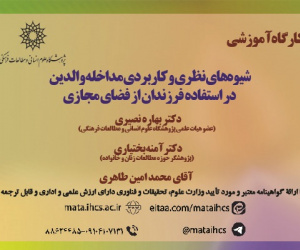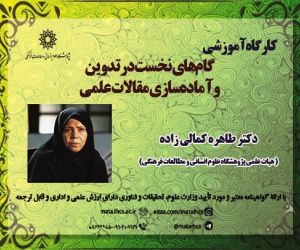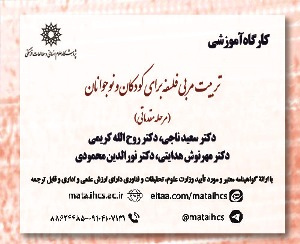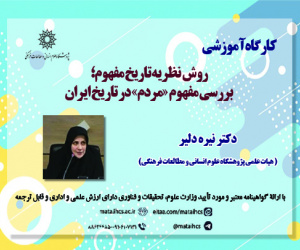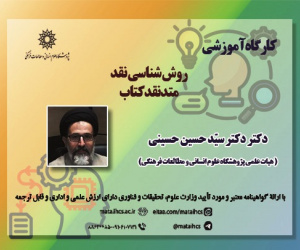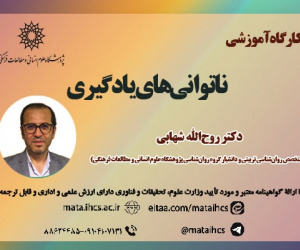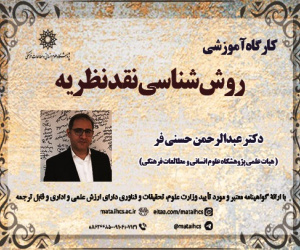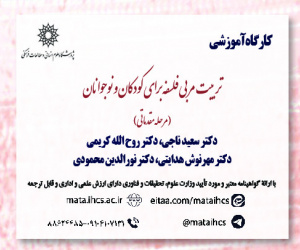عدالت و عمارت؛ نسبت معماری و عدالت نزد امام علی (ع) (مقاله علمی وزارت علوم)
درجه علمی: نشریه علمی (وزارت علوم)
آرشیو
چکیده
پرسش از معماری عادلانه یا عدالت در معماری، پرسش از نحوه تخصیص و توزیع مواهب مرتبط با مکان و مکان گزینی است. در این مقاله معنای معماری عادلانه و نسبت این دو مفهوم نزد شخصیت تأثیرگذار در صدر اسلام، حضرت علی(ع)، امام اول شیعیان و خلیفه چهارم مسلمین بررسی شده است. راهبرد مختار این پژوهش تفسیری تاریخی است و از رویکرد تاریخ مفهومی بهره برده است. برای این منظور ابتدا مفهوم عدالت نزد ایشان ازطریق مرور پژوهش های پیشین بررسی و منظومه مفاهیم آن پیدا شد. سپس چندوچون تصرفات مکانی امام علی(ع) در نظر و عمل ایشان، ازطریق مرور منابع تاریخی و روایی بررسی و اشکال مختلف آن شرح و بیان شد تا شکل پسندیده تصرفات مکانی و توزیع مواهب مکانی نزد ایشان آشکار شود. به این ترتیب منظومه ای از مفاهیم حاصل شد که انگاره معماری عادلانه نزد خلیفه چهارم را آشکار می کند. این مفاهیم عبارت است از: «نیّت» ساخت به مثابه امر بنیادین و معنا یا کارکرد باطنی اثر؛ صلاح و منفعت عمومی یا بالاترین منفعت برای بیشترین افراد؛ بازتوزیع مواهب مکانی آن چنان که به تقویت فرودستان و رفع تبعیض بینجامد؛ متضمن معنایی پسندیده باشد؛ جلب مهر و اعتماد مردم کند. این مفاهیم همچنین بر شناخت معنای عدالت نزد ایشان اثرگذار است.Architecture and Justice in Imam Ali’s (PBUH) Era
The inquiry into justice in architecture concerns the allocation and distribution of spatial benefits and locational advantages. The article examines the meaning of just architecture and the relationship between the two concepts, as understood by a highly prominent character in early Islam — Imam Ali (PBUH), the first Imam of the Shiites and the fourth Caliph of Muslims. The adopted research strategy is a historical interpretive method, employing a conceptual history approach. The study initially reviewed previous research to evaluate Imam Ali’s (PBUH) conception of justice and identify its conceptual framework. Subsequently, the spatial interventions of Imam Ali (PBUH)—both in theory and practice—were examined through historical and narrative sources, analyzing their various forms to reveal his preferred approach to spatial modifications and the distribution of spatial benefits.
As a result, a framework of concepts emerged, clarifying the notion of just architecture as defined by the fourth Caliph. These concepts included "Intention" (Niyyah) of construction as a fundamental principle, emphasizing the meaning or inner purpose of the structure, public welfare (Salah) or the most significant benefit for the greatest number, pedistribution of spatial advantages in a way that empowers the disadvantaged and eliminates discrimination, incorporation of a virtuous meaning, and fostering public affection and trust. These concepts also contributed to understanding his broader conception of justice.
